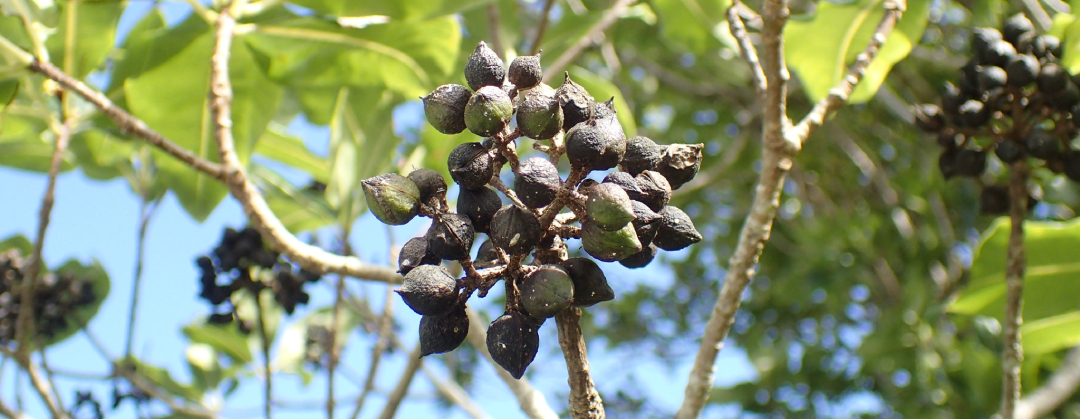Kīhihi
Pittosporum eugenioides Lemonwood | Tarata

This guide is based on a literature review. It compiles information from various sources. Different sources may offer varying advice and findings.
Good germination and seed viability. Uncertainty found with long-term storage.
Easy.
Seeds can remain on the plant for some time without being shed.(1)
Seed viability is lost when dried.(2)
Cold stratification at 4°C for 8–12 weeks.(3) Stratification is the process of chilling seeds to promote germination.
74% of seeds are viable.(3)
Germination, seed storage, and vegetative propagation need further investigation.
Information about the native seed profiles
All species names are in the following order: scientific name, common name, and Māori name. Names may vary by region. We have tried to use the most common names across New Zealand.
We have sourced photos from different websites and creators. We have used the images under different licences. These include Public Domain and Creative Commons licenses. For Pittosporum eugenioides, the image details are:
- Photo by (c) Sue Carnahan – some rights reserved (CC BY)
- Original image
The basis for each seed profile is a literature review carried out by Scion. Te Uru Rākau – New Zealand Forest Service commissioned and worked on the review to produce a native seed catalogue. The full seed catalogue is on the Ministry for Primary Industries (MPI) website.
References
Bannister P; Jameson P E (1991) Germination physiology of seeds from New Zealand native plants. Seed Symposium 9–15.
Yu, K (2015) Desiccation response of seed of Clianthus spp., Carmichaelia muritai, Pittosporum crassifolium and Pittosporum eugenioides. Master’s thesis. Massey University, New Zealand.
Moore, S; Bannister, P; Jameson P E (1994) The effects of low temperatures on seed germination of some New Zealand species of Pittosporum. New Zealand Journal of Botany 32, 483–485.